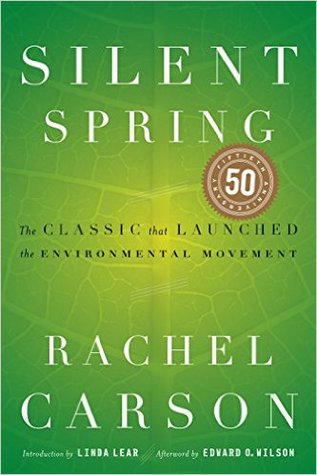More on this book
Community
Kindle Notes & Highlights
Despite the lack of justification the program was launched, with the state providing the manpower and supervising the operation, the federal government providing equipment and additional men, and the communities paying for the insecticide.
In the eastern areas where the beetles have been longest established, attempts have been made to set up natural controls. Where this has been done, the beetle populations have been kept at relatively low levels, as many records attest.
The Michigan spraying was one of the first large-scale attacks on the Japanese beetle from the air. The choice of aldrin, one of the deadliest of all chemicals, was not determined by any peculiar suitability for Japanese beetle control, but simply by the wish to save money—aldrin was the cheapest of the compounds available. While the state in its official release to the press acknowledged that aldrin is a “poison,” it implied that no harm could come to human beings in the heavily populated areas to which the chemical was applied. (The official answer to the query “What precautions should I
...more
There has been nothing comparable to the Detroit or Sheldon sprayings in the East. The effective methods there involved the bringing into play of natural forces of control which have the multiple advantages of permanence and environmental safety.
The question is whether any civilization can wage relentless war on life without destroying itself, and without losing the right to be called civilized.
Like the bluebells in Tomlinson’s haunting essay “The Lost Wood,” they were “expecting no evil”
The summer food of the white-breasted nuthatch and the brown creeper, for example, includes the eggs, larvae, and adults of a very large number of insects injurious to trees.
But what happens in nature is not allowed to happen in the modern, chemical-drenched world, where spraying destroys not only the insects but their principal enemy, the birds.
Taking a long look, can you save trees without also saving birds? Do they not, in the economy of nature, save each other? Isn’t it possible to help the balance of nature without destroying it?”
The key to a healthy plant or animal community lies in what the British ecologist Charles Elton calls “the conservation of variety.” What is happening now is in large part a result of the biological unsophistication of past generations. Even a generation ago no one knew that to fill large areas with a single species of tree was to invite disaster. And so whole towns lined their streets and dotted their parks with elms, and today the elms die and so do the birds.


